Week Ending March 6, 2016
/During the first week of March, temperatures dropped a bit to an average daily high of 57.6 degrees F (-2.0 degree shift from the previous week), and the average daytime lows crashed to a blustery 40.9 degrees F (an extreme -9.8 degrees F shift); 0.9 inches of precipitation accumulated through the Monday through Sunday timeframe. While we started the week in the 70s, by Thursday the high temperatures stayed in the 40s through the remainder of the week. No instances of severe weather occurred during the week, but we did have rain on and off throughout the weekdays. Rarities were a bit tougher to come by than in previous weeks here in Virginia Beach, with the only true rarity observed being a Lark Sparrow at Princess Anne Athletic Commons near the intersection of Princess Anne Road and Dam Neck Road on Saturday (5 Mar, Staci Mueller). From analysis of the photographs of this individual and many photographs of the sparrow that had been at Back Bay National Wildlife Refuge since 7 Feb, it appears that this is a second adult bird. The Eurasian Wigeon that was observed at Wishart Lake in the Wishart Cove subdivision of Virginia Beach was not re-sighted at all this week despite multiple attempts by several observers according to eBird (myself included). This drake was last observed on 28 Feb, but perhaps the warm weather at the beginning of the week pushed it northward already. No re-sightings of the Iceland Gull at South Thimble Island, nor the Cave Swallow at Pleasure House Point Natural Area occurred this week either. So, it was a tough week for re-sightings of the prior week’s rare birds. However, there was several more Razorbill and Red-necked Grebe sightings this week from the Chesapeake Bay & Rudee Inlet, and Horned Grebe numbers have shot way up finally. Just across our northern border in Northampton County, Vesper Sparrows continue to be reported at Magothy Bay Natural Area Preserve, and a field trip with the Hampton Roads Wildlife Enthusiasts Facebook group on Sunday turned up Harlequin Ducks on Islands 3 (continuing all winter) & 4 of the Chesapeake Bay Bridge-Tunnel complex. We’re now in March, and soon the migrants will start arriving, with Purple Martins likely leading the way and arriving in the next week or so. March is the start of ‘ornithological spring’ as I call it, since most quarterly ornithological journals use Dec-Feb as winter, then Mar-May as spring. So with spring having arrived, anything can happen as the transient spring birds & the arriving summer birds mix in with the departing winter birds here on the coast. As always, all noteworthy observations have been added to the log Here.
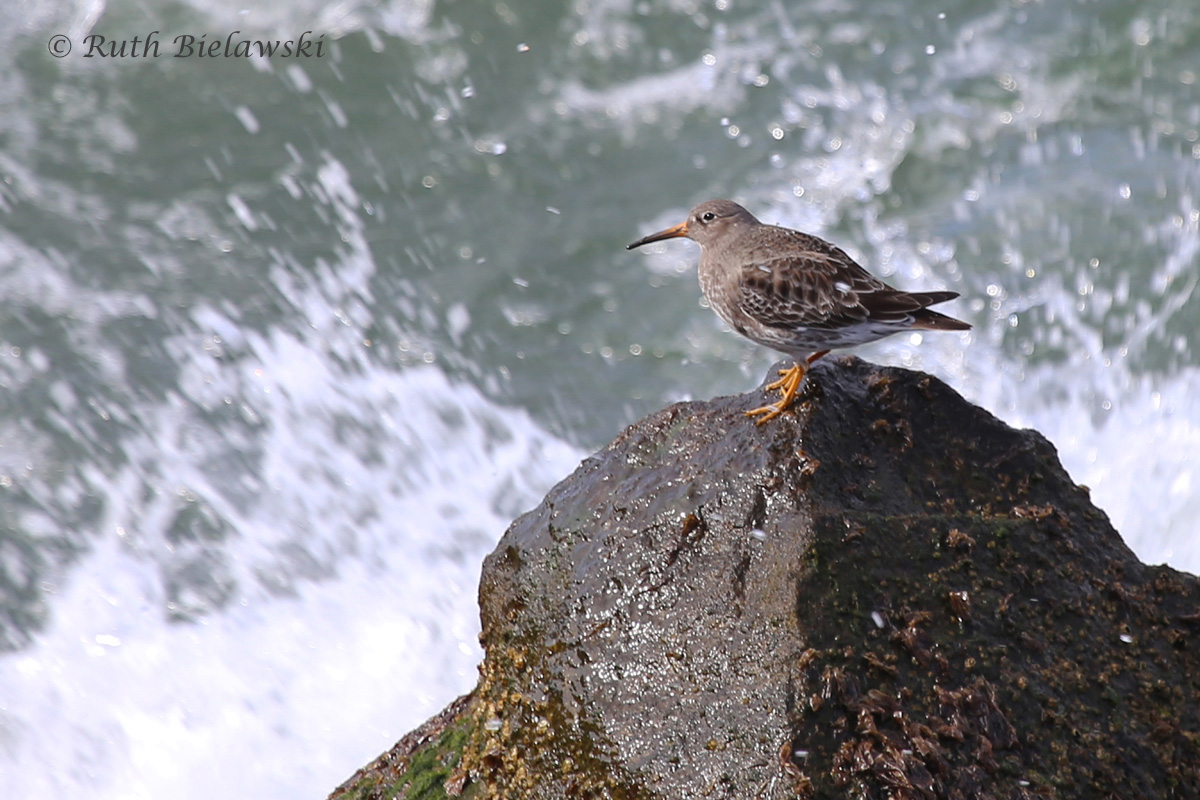
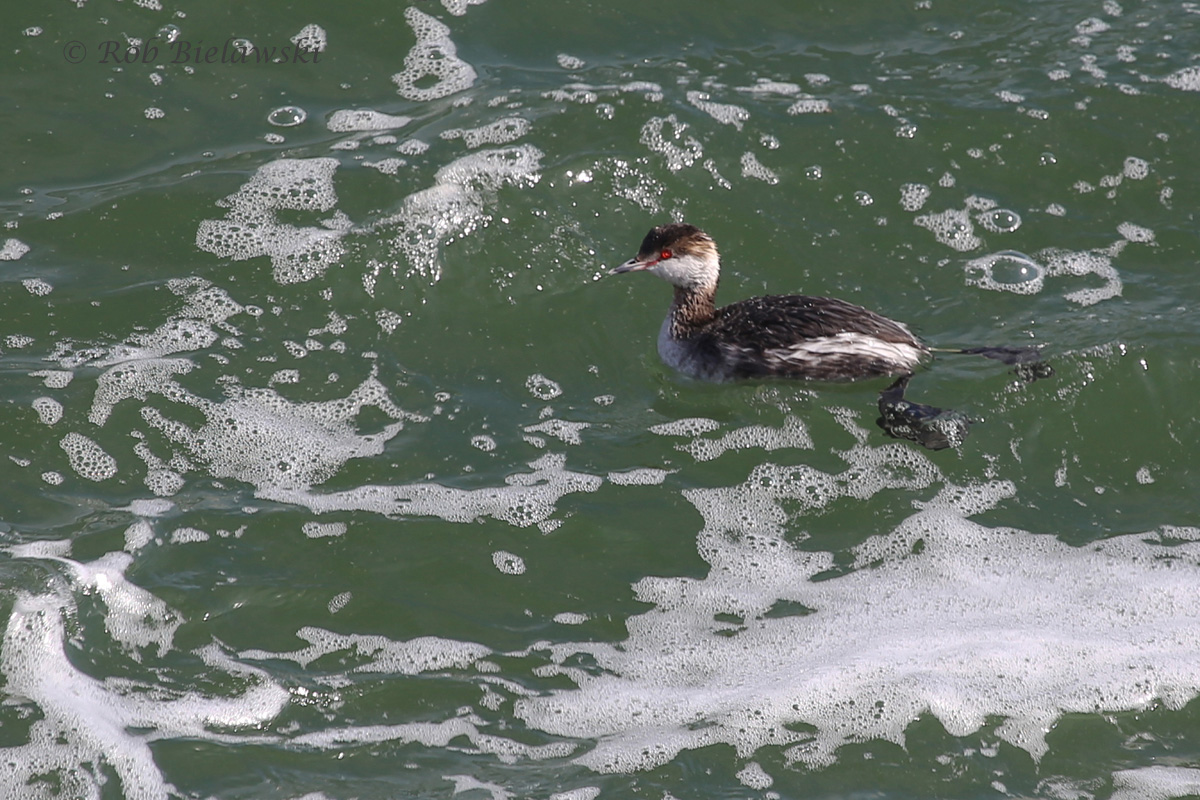
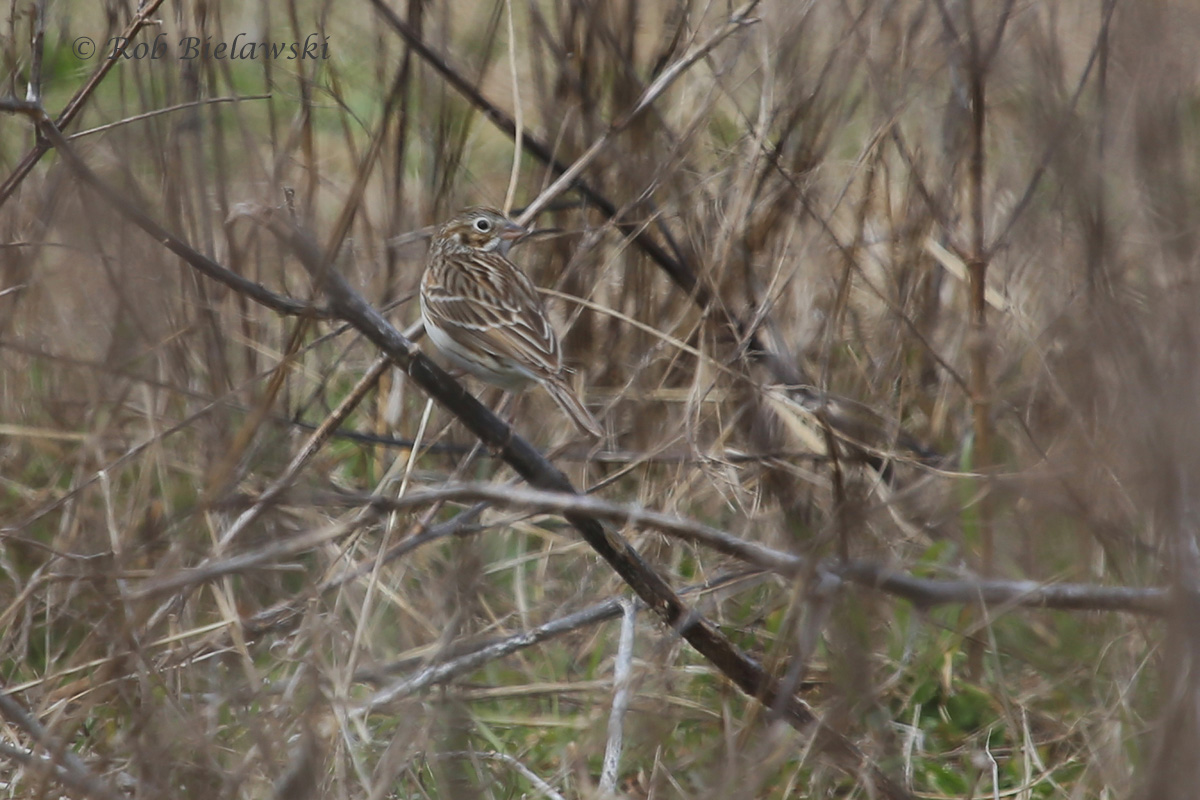
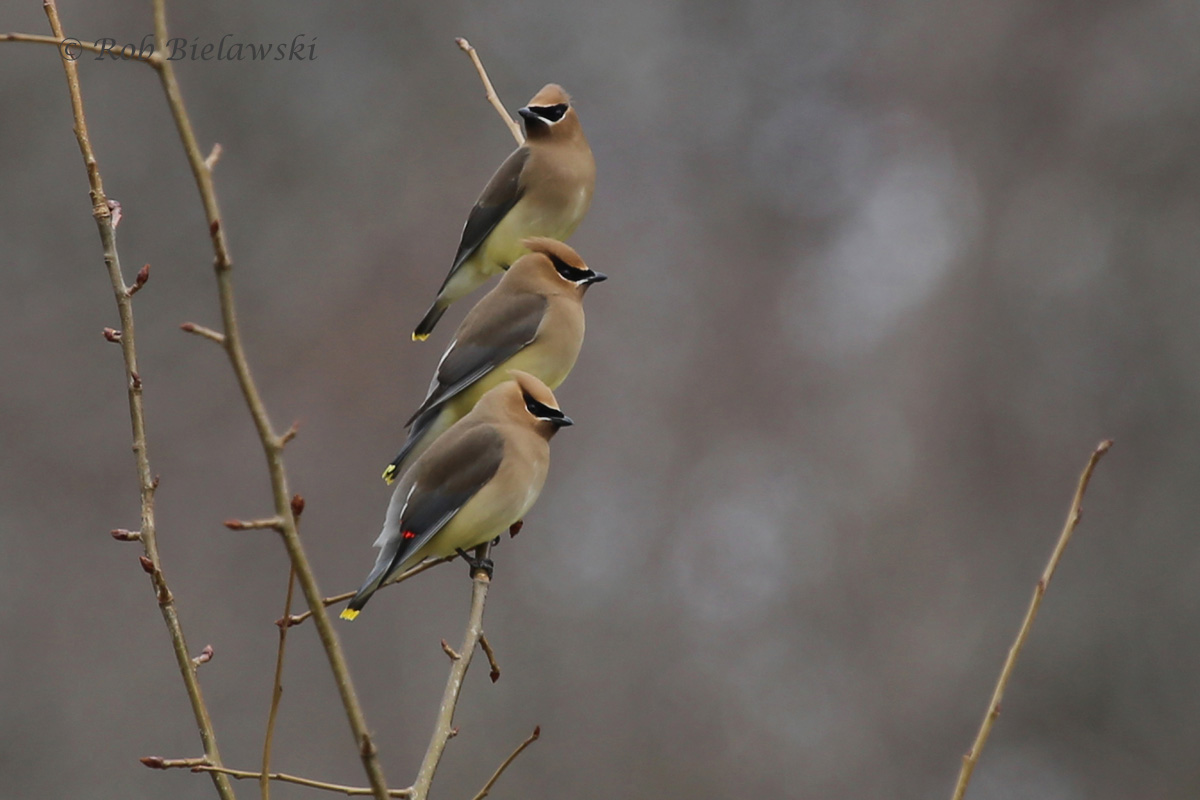
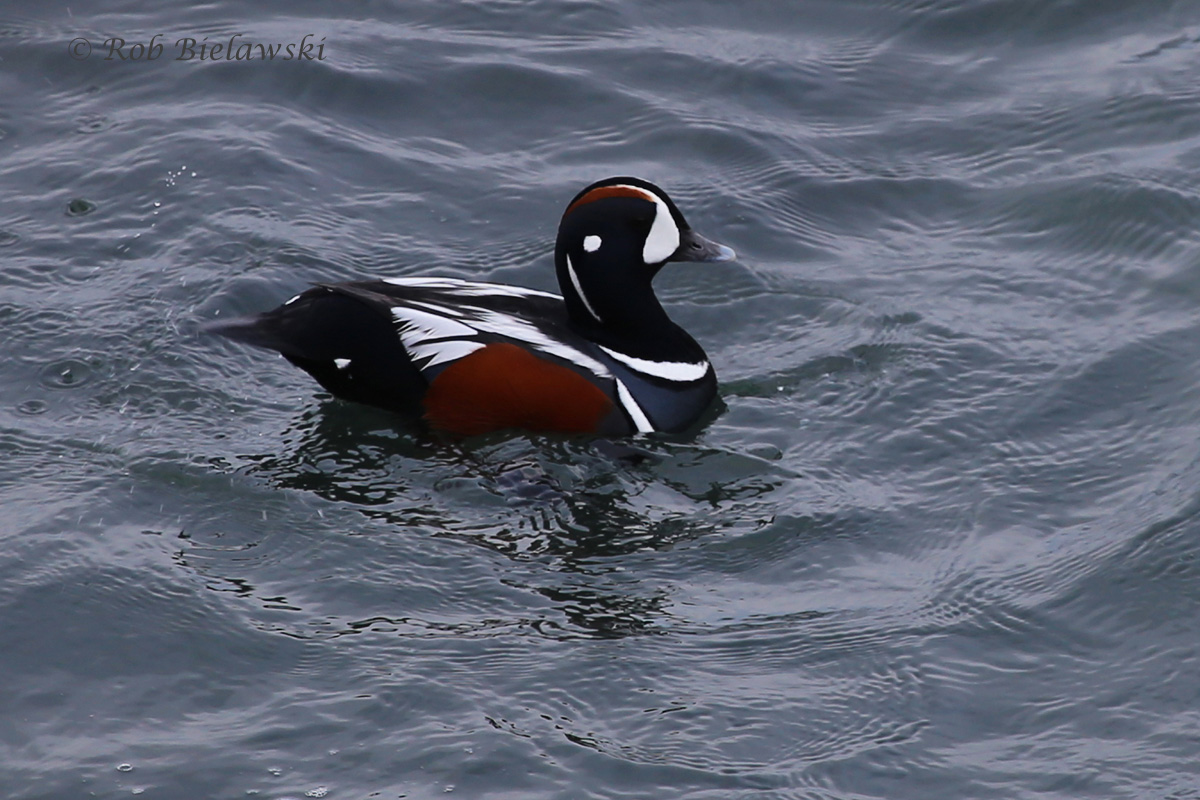

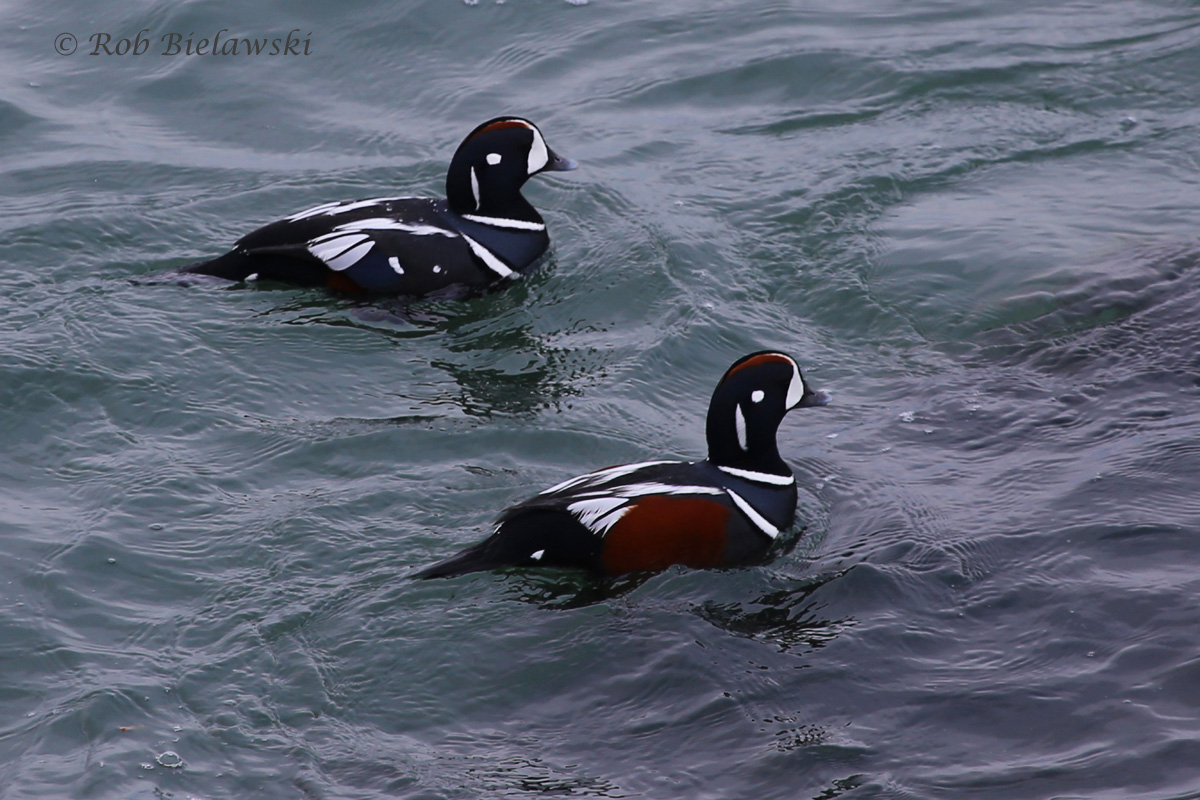

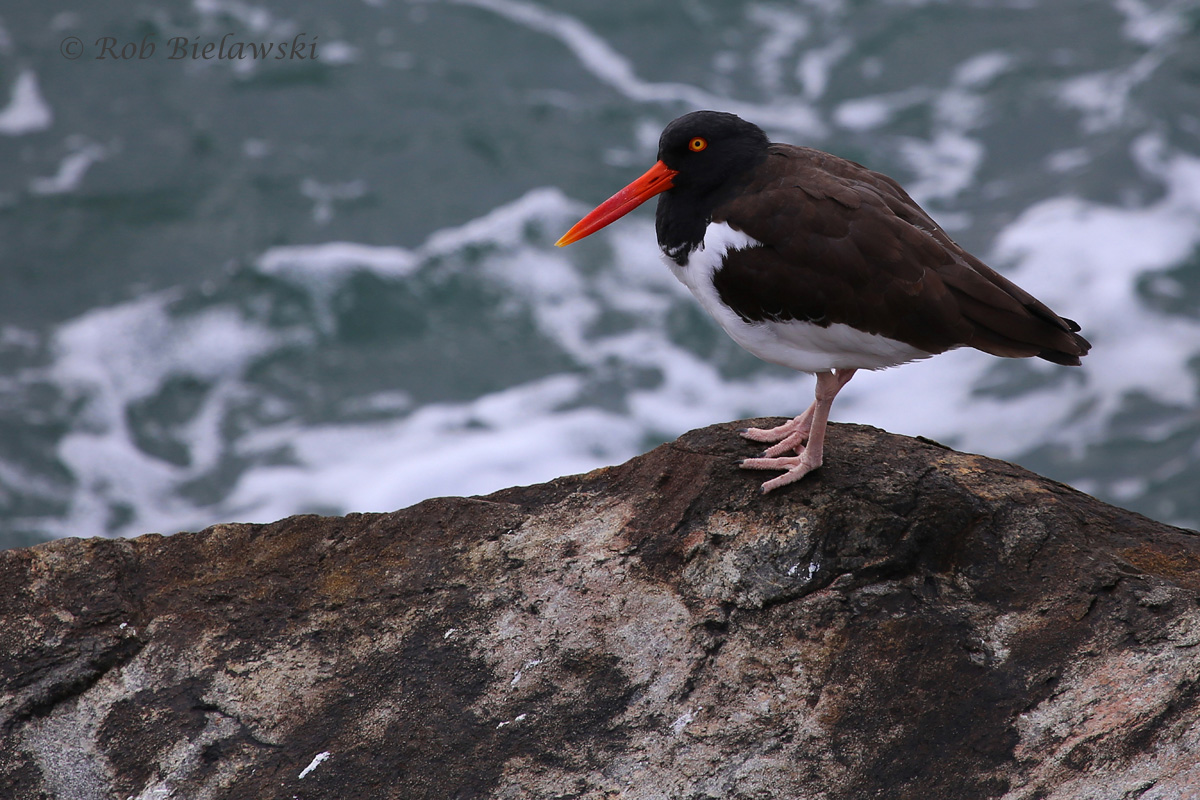

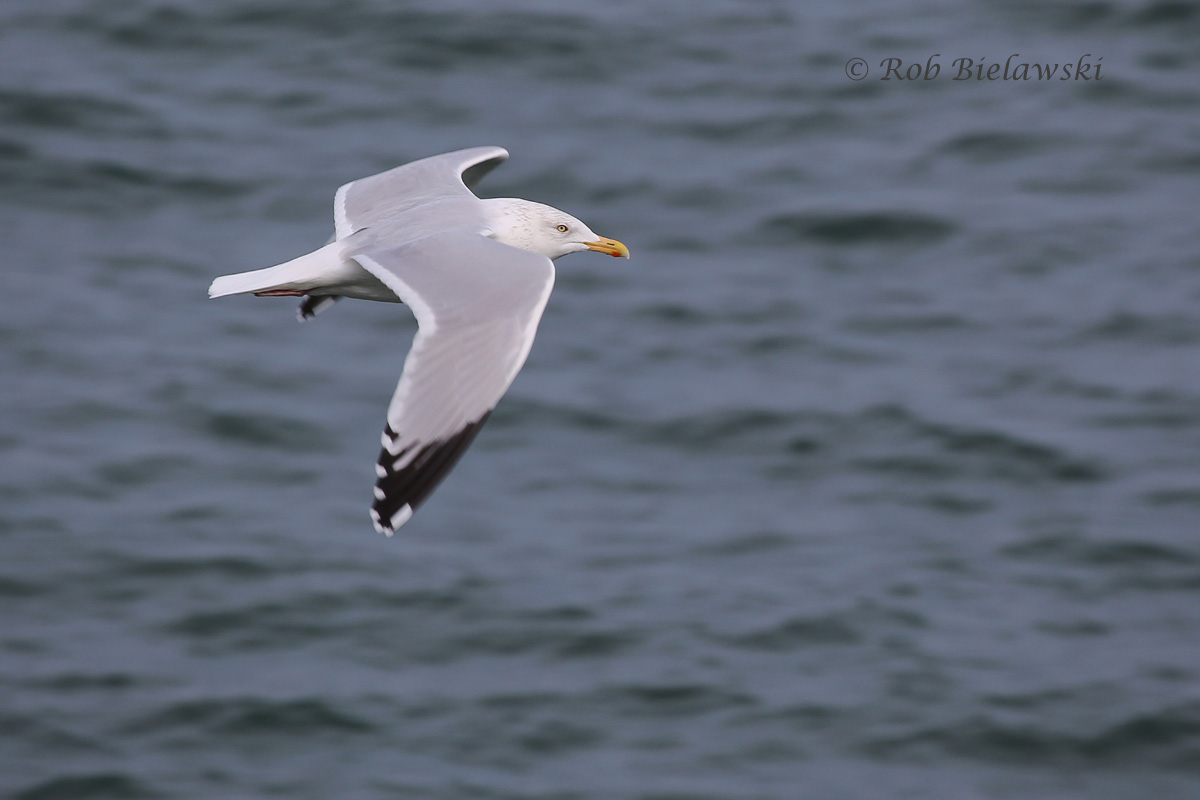
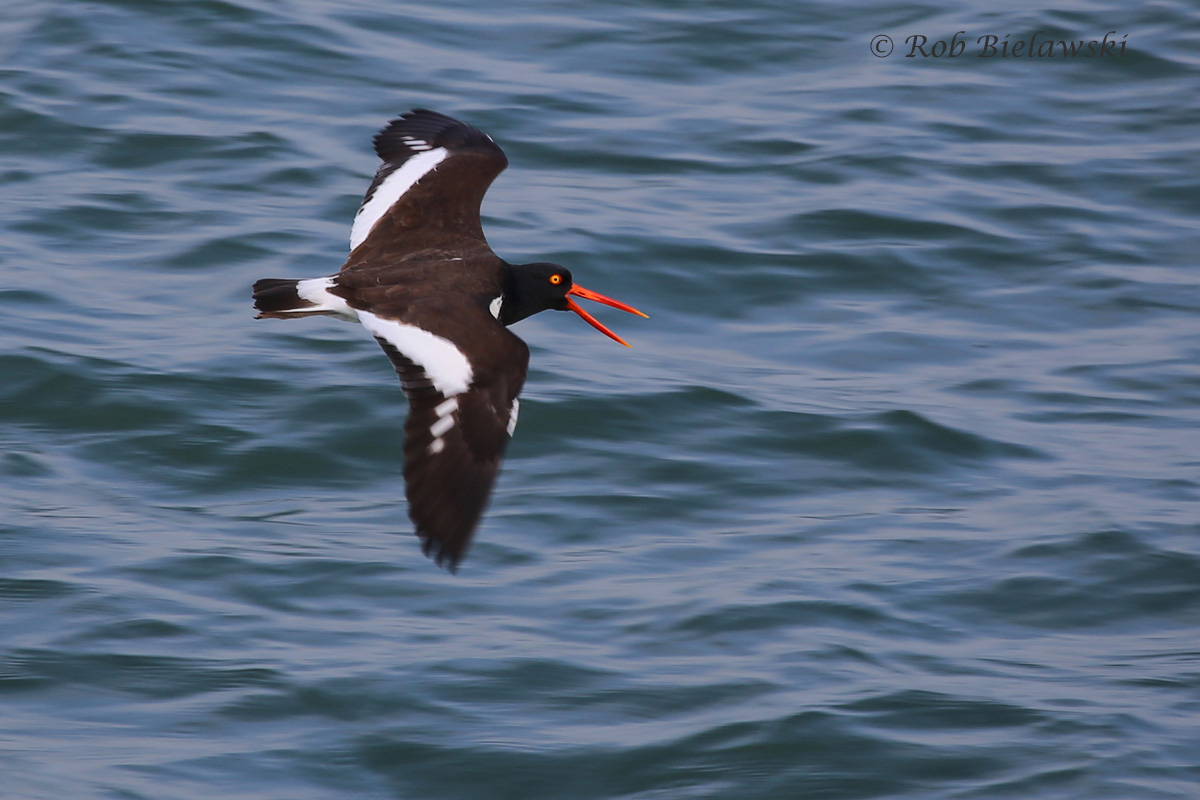
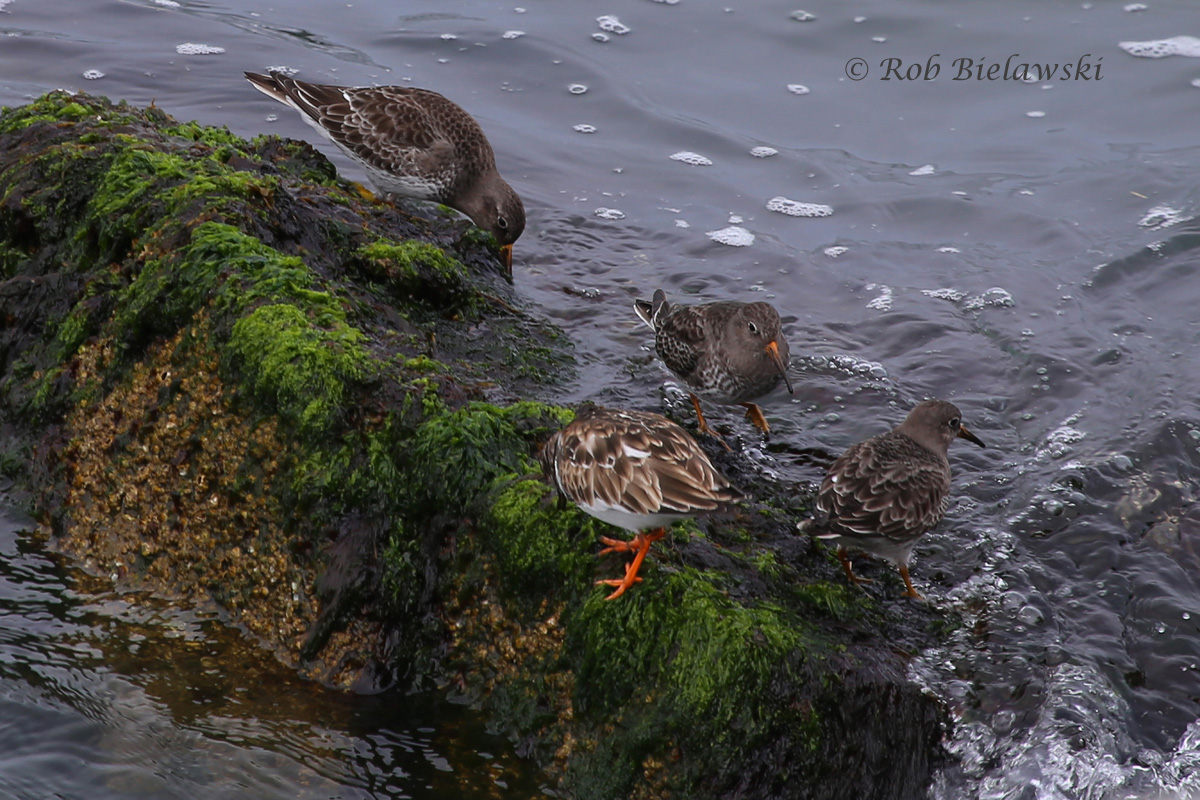
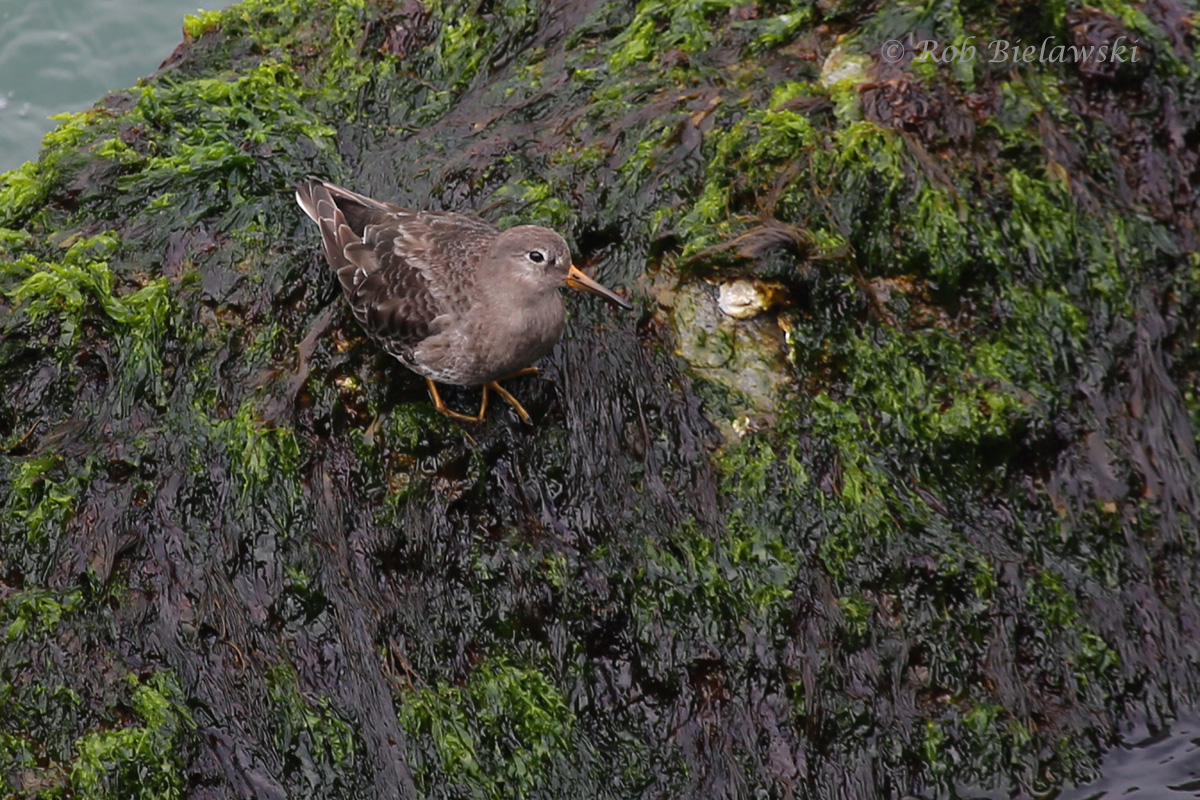
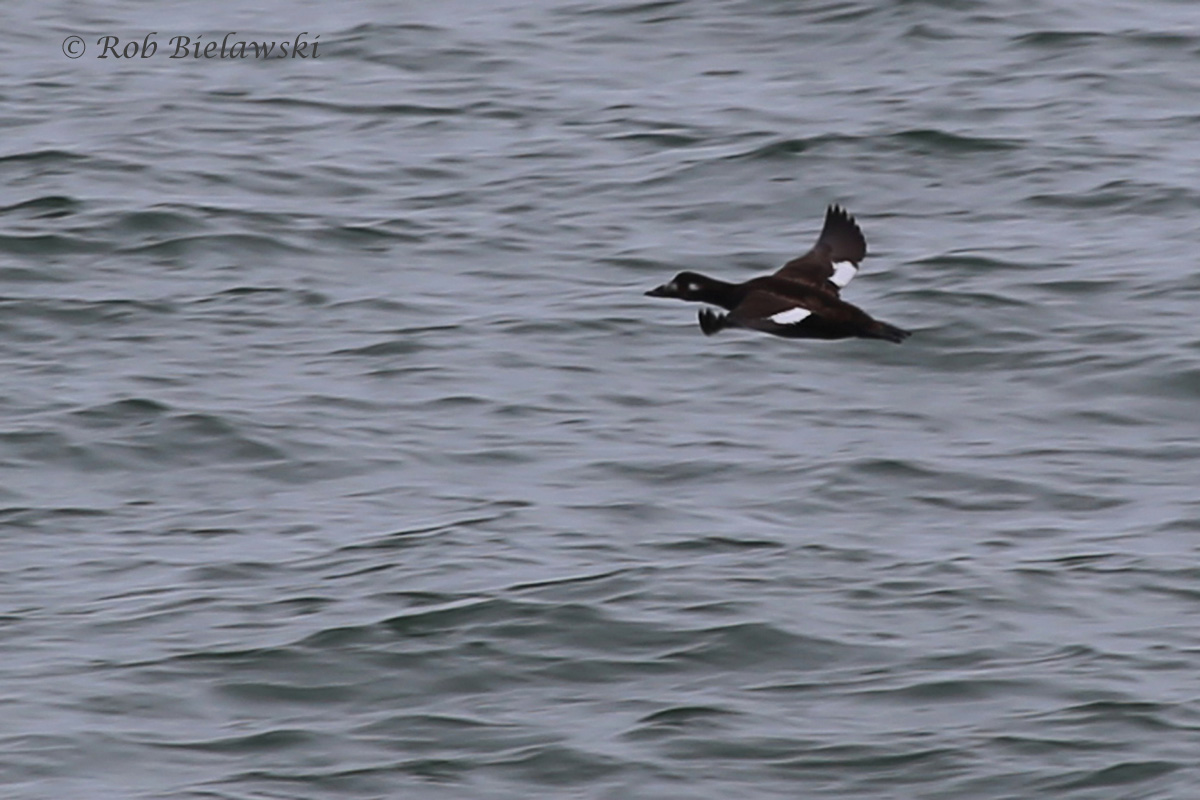
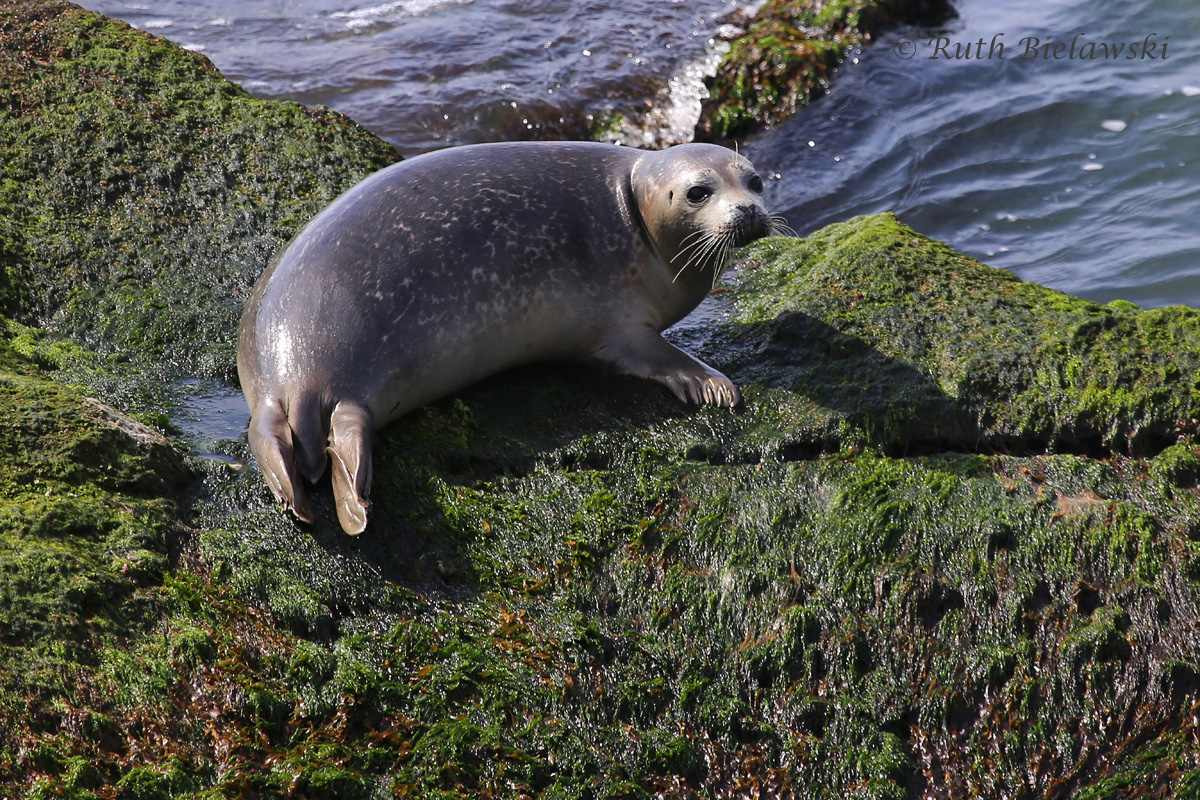
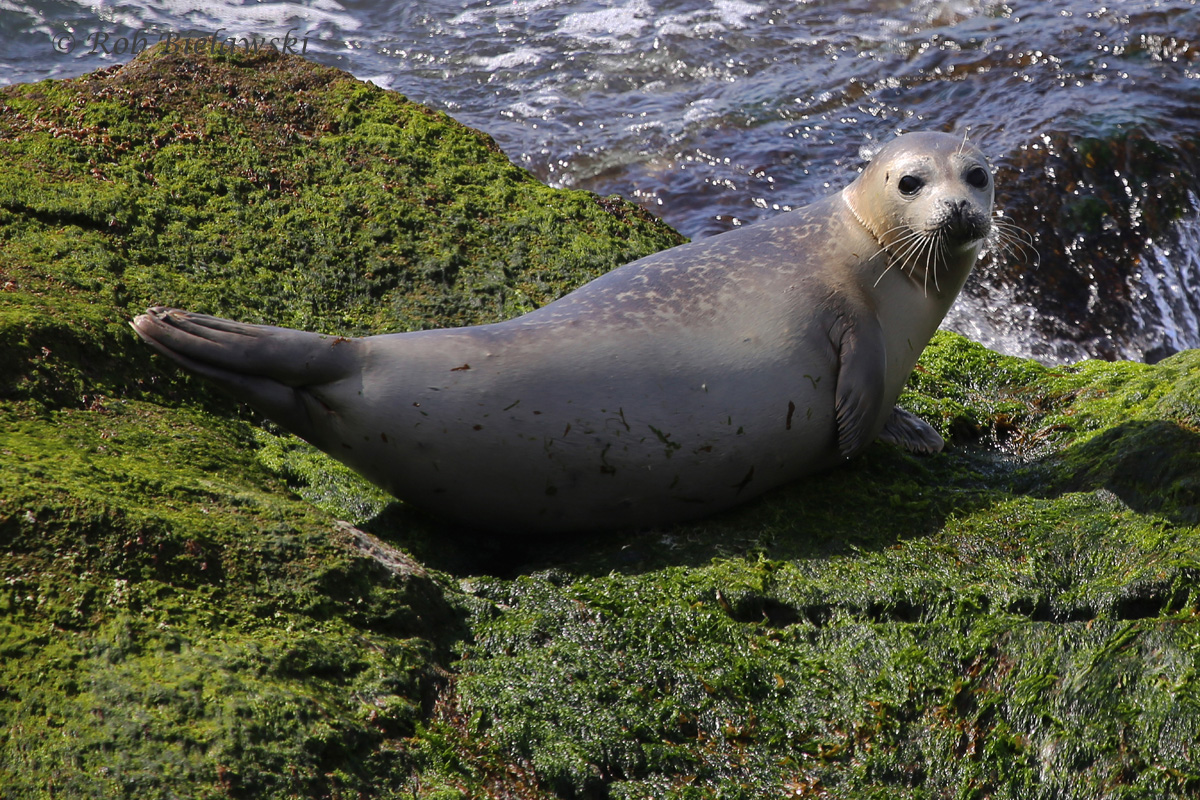
A rather dreary Friday kept me from my typical post-workday outing, but Saturday and Sunday were event-filled days. As mentioned above, there was HRWE group outings to the CBBT islands on both Saturday morning and Sunday morning. Jason Strickland, Ernie Miller, and I were signed on to help with spotting the birds, though there was plenty of other skilled birders present to assist as well. On the Saturday trip, we had 26 species of birds, with highlights being the Purple Sandpipers, a single White-winged Scoter on Island #2, and good flybys of Great Cormorants at several spots. Most folks were probably more excited by the very cooperative Harbor Seals that put on a stellar show on Island #2, even crawling up on a nearby rock and affording fantastic photo opportunities. My wife, Ruth, was on the trip as well, and seeing some of her fantastic photographs of the seals & birds alike was my own personal highlight (see her fantastic photo of a Purple Sandpiper above; not too shabby for the first time using my camera while I worked solely off binoculars all day!). After the outing, I went up to Magothy Bay NAP with Jason Strickland, and we were able to find the Vesper Sparrows near the parking area that have been present since November. On Sunday, we had harsher weather with overcast skies, but it didn’t stop the birds from being present (except the Eurasian Wigeon that Jason, James Fox, and I tried to find before the field trip to the islands at Wishart Lake to no avail). A grand tally of 30 species occurred on this trip to the islands, with highlights including a single Harlequin Duck on Island #4, and three of them on Island #3 that were viewed in very close for a long period of time by all members of the group. The Harlequins took on the role of the seals form the previous day, and I’m sure thousands of photographs were taken if added among all individuals present. We had two White-winged Scoters (Island #4 and Island #2), and a Razorbill (spotted in flight by Karen Roberts) passing west-east through the channel between Island #2 and #1! That individual was also photographically documented (Christine Peters) by some of the longer lenses on the trip but Jason, Ernie, James & I all somehow managed to miss seeing it! Some other highlights were a single Red-tailed Hawk flyover (which I also missed, sigh), and a male Long-tailed Duck already in transition to breeding plumage on Island #1, the first I’ve ever seen here since typically they depart to the north before the transition begins. Both days there was a surprising lack of gulls in the bay area, with no large flocks present on any of the islands, or even following boats through the channels. Double-crested Cormorants were also surprisingly lacking, and we almost saw as many Greats as Double-cresteds which is highly unusual. Northern Gannets did put on a good show with hundreds passing us each day, and lots of Black/Surf Scoters kept waterfowl counts plenty high, though the diversity of ducks was low as well. These are likely the last trips out to the islands for the season, so it was a fitting end at least, with lots of happy faces all around. After the event, I made a quick trip up to Magothy Bay and Magotha Road again (with Jason, James Fox, Lisa Rose & Melinda Carr), but we didn’t see much of anything outside a Common Goldeneye at Ramp Road, and another sighting of the Vesper Sparrows at Magothy so we headed back to Virginia Beach. Sping weather is expected in the coming week and it will be interesting to see what our warm winter did as far as the effects on arrival dates for the soon-to-be-incoming migrants!